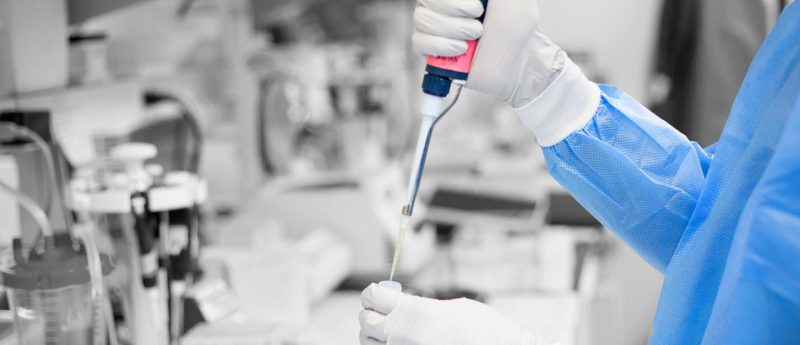DMSO-free cryopreservation technique to be commercialized

A novel cryopreservation technique that uses trehalose instead of dimethyl sulfoxide is set to be commercialized after receiving a £25,000 grant.
A novel method of cryopreservation developed by researchers from Imperial College London (London, UK) has been awarded a £25,000 grant from Imperial Innovations (Imperial College London) to allow for further development and commercialization. The novel method uses trehalose instead of dimethyl sulfoxide (DMSO) which will allow for better cryopreservation of mammalian cells used for cell therapy.
Current techniques used for cryopreservation require large amounts of DMSO, which is a toxic preservation agent and can damage cellular function. Cryopreservation is an important step in delivering cell therapies, regenerative medicine and other advanced therapies so there is a need to develop a non-toxic alternative.
The novel technique developed at Imperial College London uses trehalose as an alternative to DMSO. Trehalose is a hydrophilic disaccharide of glucose accumulated in a wide variety of organisms that can tolerate extreme freezing or drying and is non-toxic to cells.
A range of techniques have been investigated for delivering trehalose into live cells for biopreservation. These techniques have either not been able to deliver sufficient trehalose for cell preservation or have had issues with scalability or the use of hazardous materials.
The novel technique developed at Imperial College London allows for the efficient and scalable intracellular trehalose delivery without causing cell damage through the use of novel biocompatible and biodegradable biopolymers.
The grant will be used to demonstrate its generalizability for DMSO-free cryopreservation of a wide range of mammalian cells, and enable its future commercialization in the areas of cell therapy and biopharmaceutical development. More effective techniques for cryopreservation are crucial for developing commercially viable cell therapies and increasing patient access.